Brain-machine interfaces (BMIs) are devices that enable direct communication/translation between biological neuronal networks (e.g. a brain or a spine) and external machines. They are currently being used as a tool for fundamental neuroscience research and also for treating neurological disorders and for manipulating neuro-prosthetic devices. As remarkable as today’s BMIs are, however, the next generation BMIs will require new hardware and software with improved resolution and specificity in order to precisely monitor and control the activities of complex neuronal networks. In this talk, I will describe my group’s effort to develop new neuroelectronic devices enabled by silicon nanotechnology that can serve as high-precision, highly multiplexed interface to neuronal networks. I will then describe the promises, as well as potential pitfalls, of next generation BMIs. Hongkun Park is a Professor of Chemistry and Chemical Biology and a Professor of Physics at Harvard University. He is also an Institute Member of the Broad Institute of Harvard and MIT and a member of the Harvard Center for Brain Science and Harvard Quantum Optics Center. He serves as an associate editor of Nano Letters. His research interests lie in exploring solid-state photonic, optoelectronic, and plasmonic devices for quantum information processing as well as developing new nano-and microelectronic interfaces for living cells, cell networks, and organisms. Awards and honors that he received include the Ho-Am Foundation Prize in Science, NIH Director’s Pioneer Award, and the US Vannevar Bush Faculty Fellowship, the David and Lucile Packard Foundation Fellowship for Science and Engineering, the Alfred P. Sloan Research Fellowship, and the Camille Dreyfus Teacher-Scholar Award. This talk was given at a TEDx event using the TED conference format but independently organized by a local community.
Get the latest international news and world events from around the world.
What comes after the Higgs boson
Ten years ago this week, two international collaborations of groups of scientists, including a large contingent from Caltech, confirmed that they had found conclusive evidence for the Higgs boson, an elusive elementary particle, first predicted in a series of articles published in the mid-1960s, that is thought to endow elementary particles with mass.
Fifty years prior, as theoretical physicists endeavored to understand the so-called electroweak theory, which describes both electromagnetism and the weak nuclear force (involved in radioactive decay), it became apparent to Peter Higgs, working in the UK, and independently to François Englert and Robert Brout, in Belgium, as well as U.S. physicist Gerald Guralnik and others, that a previously unidentified field that filled the universe was required to explain the behavior of the elementary particles that compose matter. This field, the Higgs field, would lead to a particle with zero spin, significant mass, and have the ability to spontaneously break the symmetry of the earliest universe, allowing the universe to materialize. That particle became known as the Higgs boson.
Over the decades that followed, experimental physicists first devised and then developed the instruments and methods required to detect the Higgs boson. The most ambitious of these projects was the Large Hadron Collider (LHC), which is operated by the European Organization for Nuclear Research, or CERN. Since the planning of the LHC in the late 1980s, the U.S. Department of Energy and the National Science Foundation have worked in collaboration with CERN to provide funding and technology know-how, and to support thousands of scientists helping to search for the Higgs.
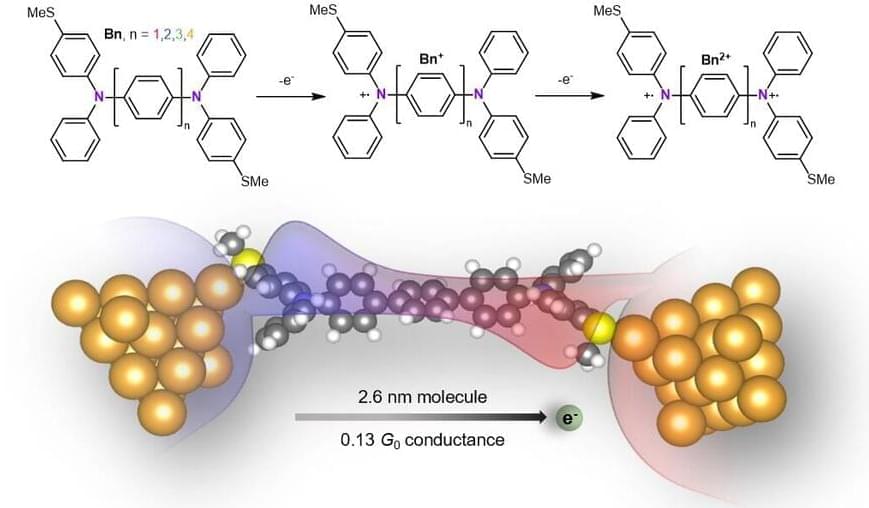
Researchers build longest highly-conductive molecular nanowire
As our devices get smaller and smaller, the use of molecules as the main components in electronic circuitry is becoming ever more critical. Over the past 10 years, researchers have been trying to use single molecules as conducting wires because of their small scale, distinct electronic characteristics, and high tunability. But in most molecular wires, as the length of the wire increases, the efficiency by which electrons are transmitted across the wire decreases exponentially. This limitation has made it especially challenging to build a long molecular wire—one that is much longer than a nanometer—that actually conducts electricity well.
Columbia researchers announced today that they have built a nanowire that is 2.6 nanometers long, shows an unusual increase in conductance as the wire length increases, and has quasi-metallic properties. Its excellent conductivity holds great promise for the field of molecular electronics, enabling electronic devices to become even tinier. The study is published today in Nature Chemistry.
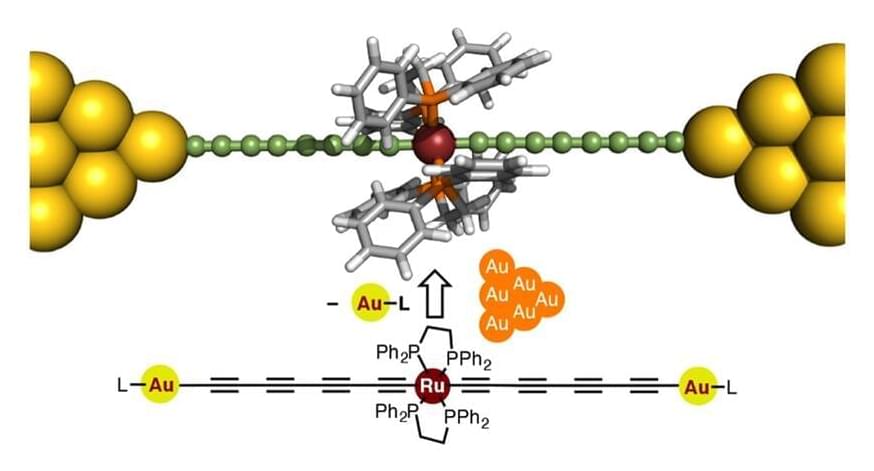
New molecular wires for single-molecule electronic devices
Scientists at Tokyo Institute of Technology designed a new type of molecular wire doped with organometallic ruthenium to achieve unprecedentedly higher conductance than earlier molecular wires. The origin of high conductance in these wires is fundamentally different from similar molecular devices and suggests a potential strategy for developing highly conducting “doped” molecular wires.
Since their conception, researchers have tried to shrink electronic devices to unprecedented sizes, even to the point of fabricating them from a few molecules. Molecular wires are among the building blocks of such minuscule contraptions, and many researchers have been developing strategies to synthesize highly conductive, stable wires from carefully designed molecules.
A team of researchers from Tokyo Institute of Technology, including Yuya Tanaka, designed a novel molecular wire in the form of a metal electrode-molecule-metal electrode (MMM) junction including a polyyne, an organic chain-like molecule, “doped” with a ruthenium-based unit Ru(dppe)2. The proposed design, featured in the cover of the Journal of the American Chemical Society, is based on engineering the energy levels of the conducting orbitals of the atoms of the wire, considering the characteristics of gold electrodes.
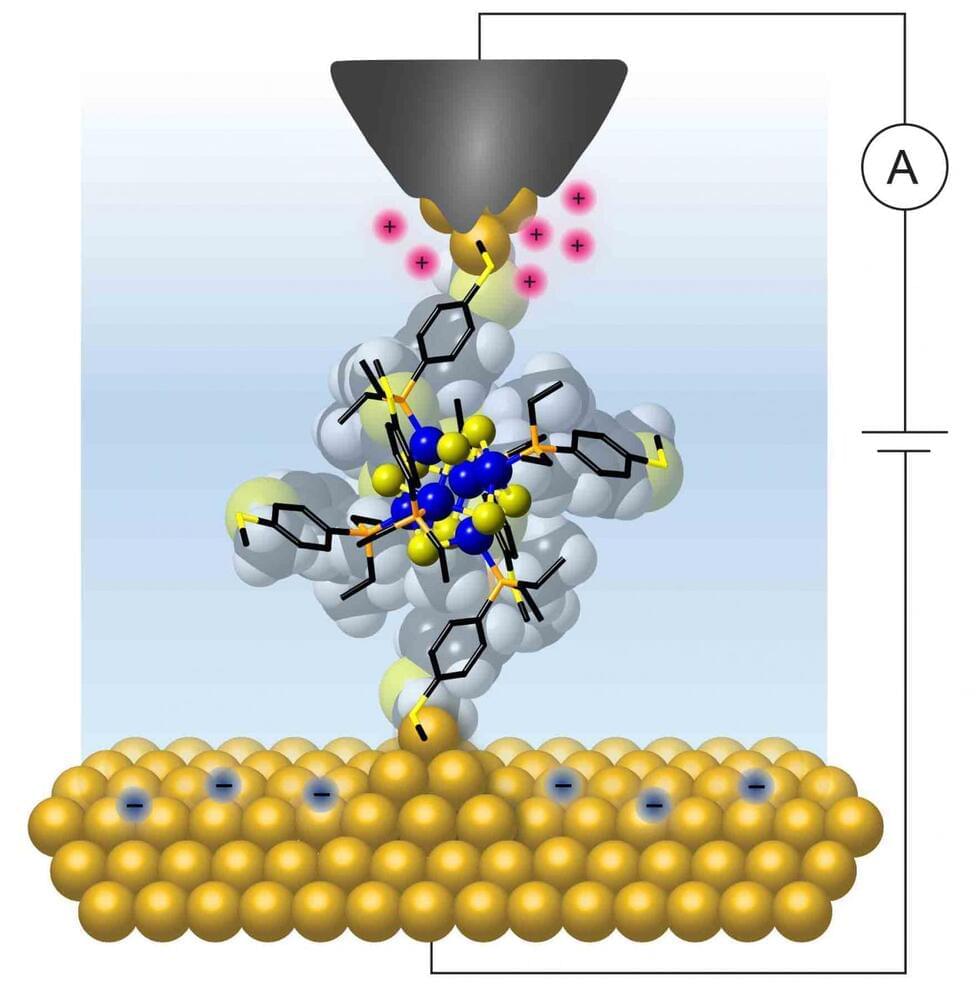
Single molecules can work as reproducible transistors—at room temperature
A major goal in the field of molecular electronics, which aims to use single molecules as electronic components, is to make a device where a quantized, controllable flow of charge can be achieved at room temperature. A first step in this field is for researchers to demonstrate that single molecules can function as reproducible circuit elements such as transistors or diodes that can easily operate at room temperature.
A team led by Latha Venkataraman, professor of applied physics and chemistry at Columbia Engineering and Xavier Roy, assistant professor of chemistry (Arts & Sciences), published a study in Nature Nanotechnology that is the first to reproducibly demonstrate current blockade—the ability to switch a device from the insulating to the conducting state where charge is added and removed one electron at a time—using atomically precise molecular clusters at room temperature.
Bonnie Choi, a graduate student in the Roy group and co-lead author of the work, created a single cluster of geometrically ordered atoms with an inorganic core made of just 14 atoms—resulting in a diameter of about 0.5 nanometers—and positioned linkers that wired the core to two gold electrodes, much as a resistor is soldered to two metal electrodes to form a macroscopic electrical circuit (e.g. the filament in a light bulb).
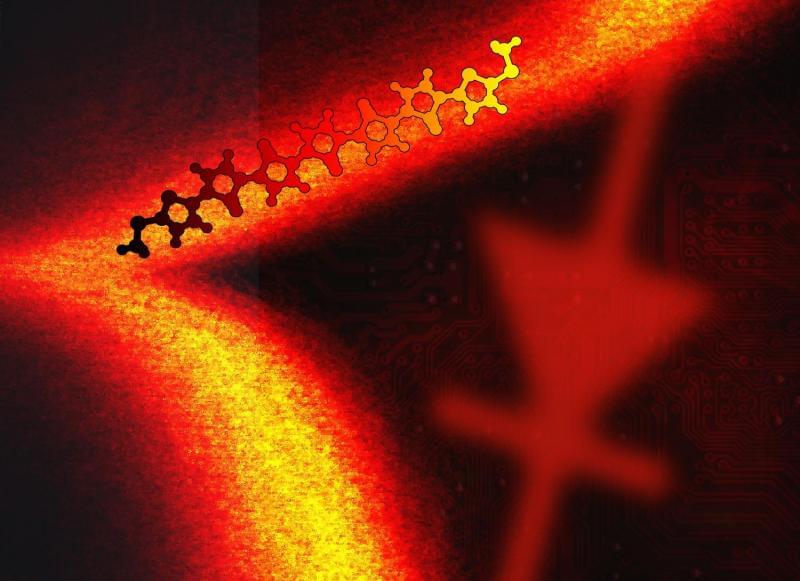
Researchers first to create a single-molecule diode
Under the direction of Latha Venkataraman, associate professor of applied physics at Columbia Engineering, researchers have designed a new technique to create a single-molecule diode, and, in doing so, they have developed molecular diodes that perform 50 times better than all prior designs. Venkataraman’s group is the first to develop a single-molecule diode that may have real-world technological applications for nanoscale devices. Their paper, “Single-Molecule Diodes with High On-Off Ratios through Environmental Control,” is published May 25 in Nature Nanotechnology.
“Our new approach created a single-molecule diode that has a high (250) rectification and a high “on” current (~ 0.1 micro Amps),” says Venkataraman. “Constructing a device where the active elements are only a single molecule has long been a tantalizing dream in nanoscience. This goal, which has been the ‘holy grail’ of molecular electronics ever since its inception with Aviram and Ratner’s 1974 seminal paper, represents the ultimate in functional miniaturization that can be achieved for an electronic device.”
With electronic devices becoming smaller every day, the field of molecular electronics has become ever more critical in solving the problem of further miniaturization, and single molecules represent the limit of miniaturization. The idea of creating a single-molecule diode was suggested by Arieh Aviram and Mark Ratner who theorized in 1974 that a molecule could act as a rectifier, a one-way conductor of electric current. Researchers have since been exploring the charge-transport properties of molecules. They have shown that single-molecules attached to metal electrodes (single-molecule junctions) can be made to act as a variety of circuit elements, including resistors, switches, transistors, and, indeed, diodes. They have learned that it is possible to see quantum mechanical effects, such as interference, manifest in the conductance properties of molecular junctions.
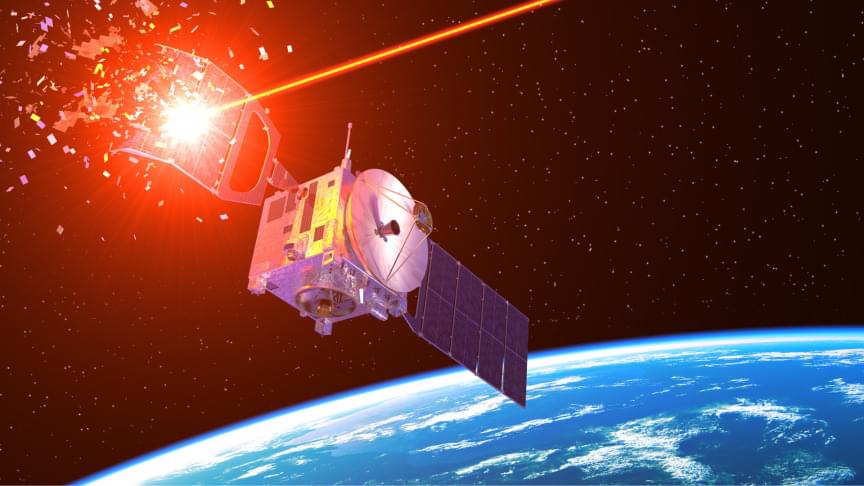
Russia may be building a giant laser-based anti-satellite weapon
Will it succeed?An open-source investigation suggests that Russia is building a giant laser-based anti-satellite weapon near Zelenchukskaya in the southwest part of the country, Space.com reported. This will allow it a soft-kill option to take down adversarial satellites.
Instead of temporarily blurring sensors, Russia is going full throttle, looking to destroy optical sensors on satellites.
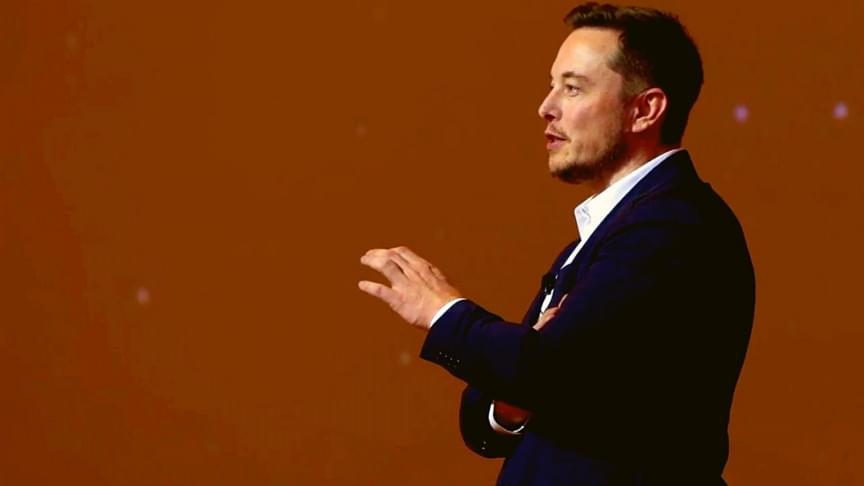
Mr. Shadow: a song composed with AI
Mr. Shadow is a song composed with Artificial Intelligence. It was created by Flow Machines, a technology that learns different music styles and then makes up its own songs based on what it’s been fed. Although the voice in the song sounds peculiar at times, I could have easily been fooled into thinking a person made this song. You can download Flow Machines onto your apple device to make your own AI music.